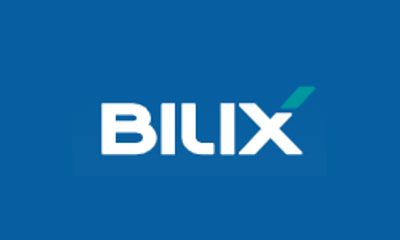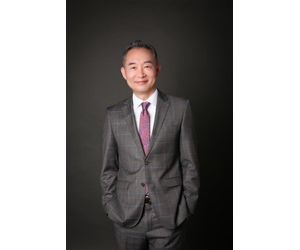

- Home
- Companies
- Bilix Co., Ltd.
- News
- Myung-Lip Kim, CEO of Bilix “Pay ...
Myung-Lip Kim, CEO of Bilix “Pay attention to bilirubin scalability, targeting the global market”
Interest in bilirubin is high worldwide. This is because bilirubin has already received attention as a substance that has strong antioxidant effects and immunomodulatory effects through 30,000 papers from several decades ago. However, there were clear limitations in developing it as a new drug. This is because it is extremely hydrophobic, insoluble in water.
It is Bilix that solved this problem. Bilix succeeded in forming water-soluble nanoparticles by synthesizing non-toxic substances and bilirubin. Strategic investors (SI) and financial investors (FI), who recognized the growth potential, also stepped up to support Bilix. After attracting 14 billion won in Series A investment in the first half of this year, Billix plans to attract follow-up investment of up to 30 billion won next year.
CEO Myung-Lip Kim, has experience from start-up to medium-sized and large companies
Bilix was founded at the end of 2018. This is the result of CEO Myung-Lip Kim, who has accumulated various experiences in start-ups as well as mid-sized and large companies, at a glance about the scalability of bilirubin. CEO Kim is a person who has served as the head of the Eutilex research center and vice president of overall business, the CEO of NanoEntek, and the head of SK Telecom`s in vitro diagnostics business headquarters.
CEO Myung-Lip Kim said, “I had a lot of thoughts about what I could do with the experience I gained from working in large companies, small and medium-sized enterprises, and startups in Korea and working in the United States for 10 years.” “We made it our mission to launch a new drug,” he said.
As bilirubin became nanoparticles, the treatment effect of existing bilirubin was further enhanced. In other words, it has been reborn as a novel anti-inflammatory treatment with an improved pharmacokinetic (PK) profile and no toxicity.
Expectations for scalability have also risen. By loading anticancer drugs inside the nanoparticles, it can be used as a drug delivery system that reduces toxicity and increases efficacy of anticancer drugs. It has developed into a platform technology used as a contrast medium for cancer diagnosis by loading a diagnostic contrast agent inside.
The research team led by Chair Professor Jeon Sang-yong of KAIST, together with a strategy to solve the hydrophobic characteristics of bilirubin, demonstrated treatment effectiveness in animal models of 8 types of diseases over a period of 7 years, and successfully published a thesis through this. Convinced of its growth potential, CEO Kim established Bilix with Professor Jeon and secured the rights through a transfer contract with KAIST.
CEO Kim said, “The chemical total synthesis of bilirubin was the first gateway to determine the company`s fate, and we solved this problem faster than expected.” As we recruited, the business gained momentum,” he said.
? Next year’s 30 billion Series B goal… IPO plan at the end of 2024
Domestic institutional investors have become a growth partner of Billix early on. Not only financial investors but also strategic investors bet on the growth potential of Billix.
The first investment was made in July 2019. At that time, DS Asset Management and Alpen Route Asset Management were listed as investors, and later that year, Estek Pharma stepped forward as a strategic investor (SI).
In the Series A round, which was held in the first half of this year with a scale of 14 billion won, DS Asset Management and Estec Pharma followed-on with 5 billion won and 2.5 billion won, respectively. Soulbrain also participated as a new investor, betting 2.5 billion won as an SI.
CEO Kim said, “Because Estech Pharma already has a production process, it can use its infrastructure to produce drugs. Since Soulbrain can conduct joint clinical trials to expand new markets, synergies between the two companies are expected. It does,” he explained.
Bilix plans to push for a Series B round in the middle and late next year. The target amount to attract is about 30 billion won. The target listing date is set for 2024.
He said, "The goal is to conduct non-clinical trials for ischemic reperfusion injury treatment in the second half of this year, and then enter phase 1 clinical trials in the middle of next year." We plan to attract it next year,” he said.

